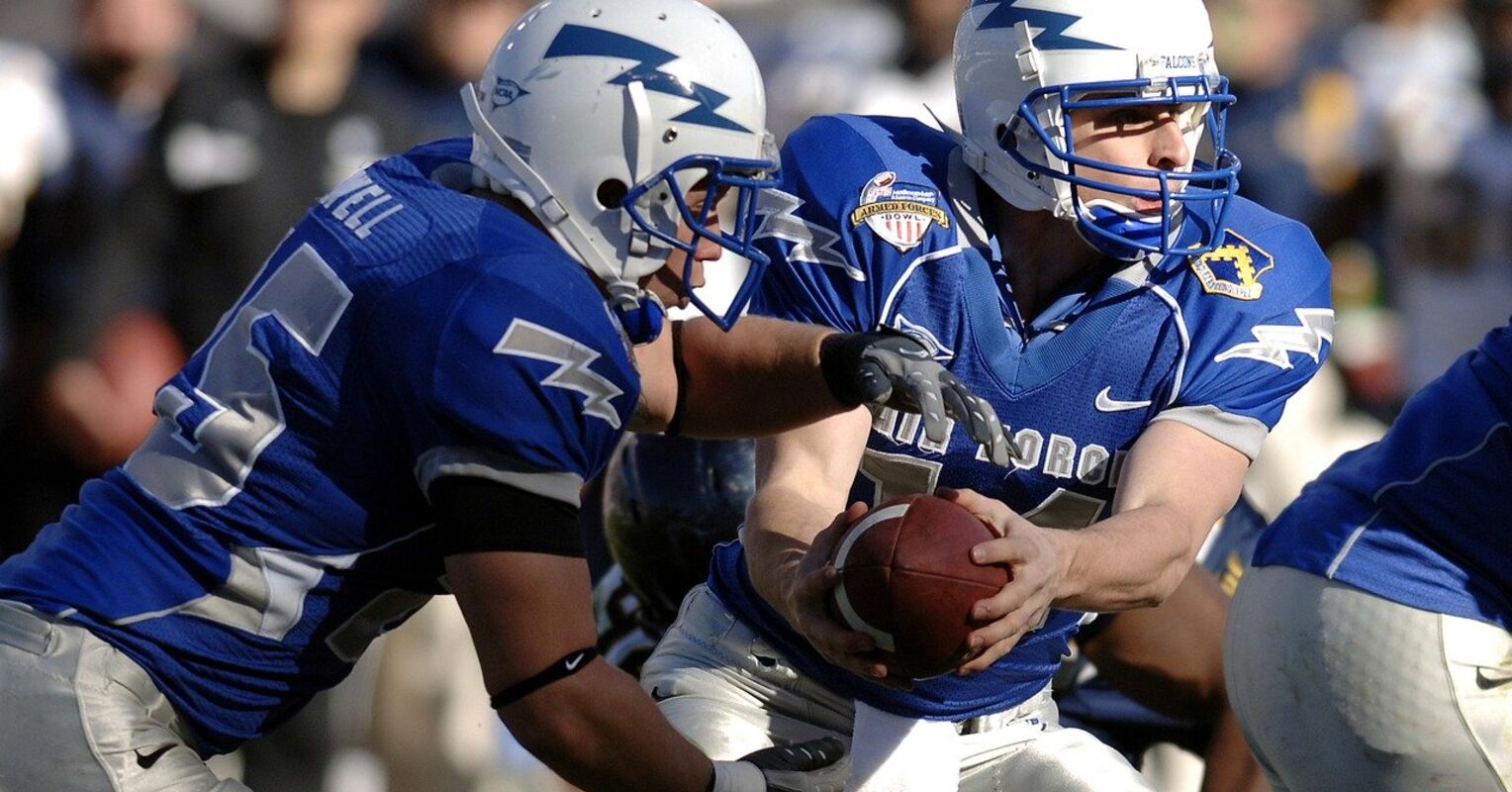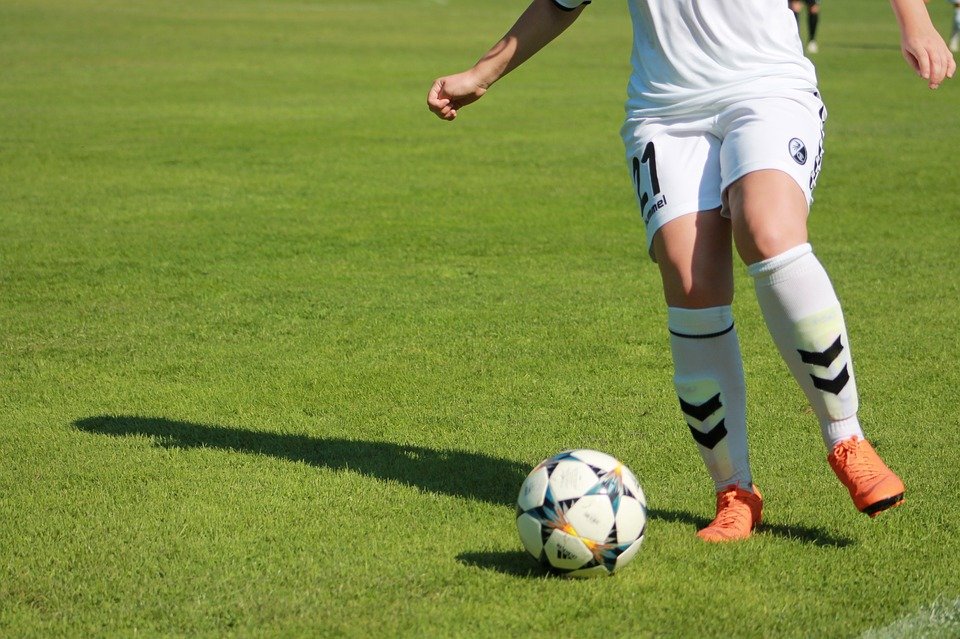With the release of the Football Manager 2012 game just around the corner, I thought I’d write an article on how to get the most out of your transfer budget in the game by buying and selling players. I will discuss the best types of players to sign, when to sign them, what not to do, and how to make the most profit when it comes to selling them on in the future.
Everyone dreams of getting a huge transfer budget for a football manager, but that usually limits you to only choosing rich clubs to manage, which can sometimes be a boring or unsatisfying game to play. Have you ever thought about building your own transfer budget in less wealthy clubs? This can be a fun game and is a great alternative to managing a club that already has a lot of money.
You may not be able to build a budget as big as Manchester City’s, but with a few smart strategies you can gradually build up your own transfer budget season after season.
The strategies for making money all involve some gambling and trading by the players and the main principle is to only buy low and sell high. We want to attract players who are good investments so that we can sell them to other clubs in the future and make a nice profit that can be pumped back into your transfer budget. When looking for players to sign for investment purposes, the aim is to target players who are currently undervalued by their current club and whose value could increase in the future. In this article, I will discuss some important strategies for making money from player transfers that can help increase your transfer budget in Football Manager.
“Aim against young players”
Young players have time on their side so generally unless you overpay for a young player you will see your money back on them in the future when another club comes for them as they are still relatively young. If the player you choose has an ounce of potential about him, you can be sure to make money. The key is not to overpay when trying to acquire the player in the first place. I usually find that big clubs have very high respect for certain youngsters. These players are usually extremely expensive because they have great potential. That doesn’t mean you shouldn’t sign them either. Just be careful and make sure you don’t go overboard in acquiring the player. Santos, for example, will not let Neymar go for less than £20 million.
But this guide isn’t about attracting expensive players, it’s about tips for making good buys and reselling them for decent profits in the future. I would recommend meeting with two different types of youth. First of all, you have young players in big clubs like Barcelona, where there is a lot of competition for places. There will always be a few who are not afraid to be the new kid on the block and break into the first team. These are good players to play Football Manager with because they have pedigree and decent players, but you can usually pick them up for a few hundred dollars each.
The other type of young players are those who belong to relatively small clubs. These players are usually top talent at smaller clubs, but you can pick them up for a lower price than bigger clubs’ best young prospects, as they generally have smaller bids for their players. You can usually work out a deal where you pay out bonuses on goals scored and international appearances, giving you a lower fee up front. These players go for more money than the players on the transfer list at the bigger clubs, but they are still worth the money as they are usually good enough to go straight to your first team, where if they perform well, their market value will increase. .
Target players towards the end of their contracts.
The last type of player I would recommend is those nearing the end of their contract. When a player is in the final year or two of his contract, his value will drop dramatically and you can negotiate a much lower fee with the selling club. I usually go for players under 27 so they have a few more playing years left before they peak between 28 and 30. Once they peak you can sell them on to other clubs for a profit.
The contract situation also works both ways. When it comes to selling a player, it’s always best to keep your investments under long-term contracts as you can demand a higher transfer fee for them. This is a handy little football manager’s tip that many miss.
The new Football Manager 2012 game will be released soon and all these principles will still work to give your club extra money to spend on players. So let me know how it goes, and if you have anything else to add, feel free to leave a comment.
I will be writing more articles about football managers soon, so be sure to check back for the latest updates. I’m also going to write a guide on signing players for free transfers, as it could be in this article, but I thought I’d leave that for another day.
I’ve just started a new Football Manager 2012 blog, so feel free to drop by, read some of my shorter posts and leave a comment. All my more detailed Football Manager 2012 articles will be published here on the Ezine.
This article was written by C.Feliciani for the benefit of all Football Manager fans and players around the world.





